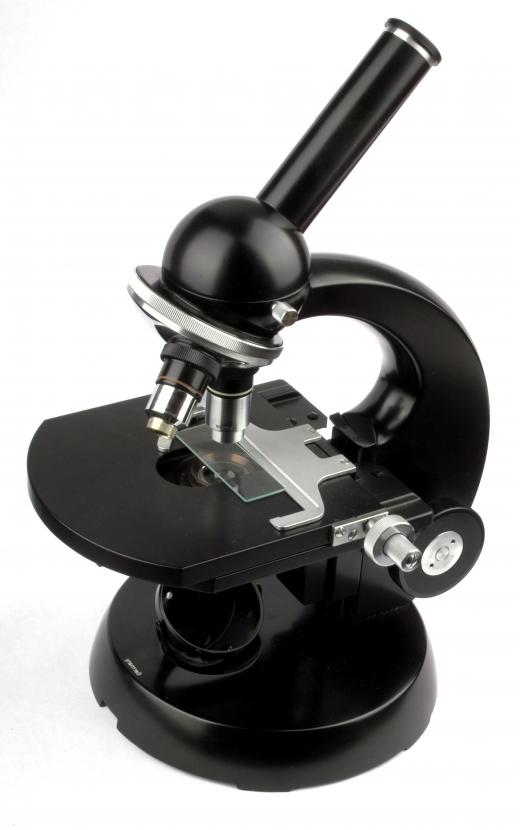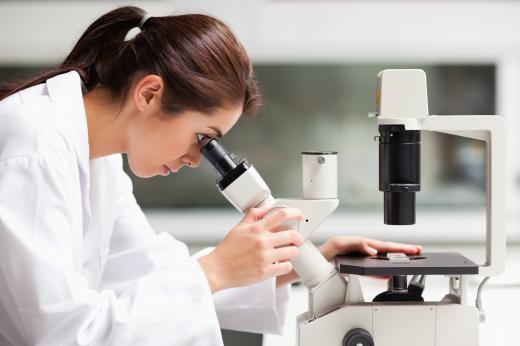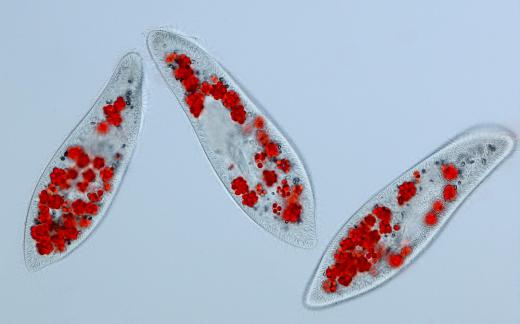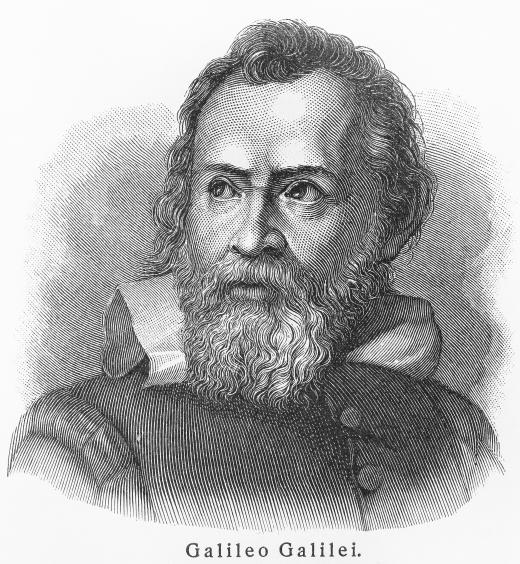What is the History of the Microscope?
The history of the microscope is quite long, spanning many different cultures and centuries. It can be difficult to pinpoint the early history of the microscope, simply because what can rightly be considered a microscope is open to some interpretation. Nonetheless, it is a rich and storied history, and can still be seen today in the legacy of physical antique microscopes, which serve as collector’s pieces for many scientists.
Early lenses can be found as far back as the 7th century BCE in Assyria, where polished crystals were used. The most famous of these is the so-called Nimrud lens, found at the palace of Nimrud. This lens could very well have been used as a magnifying glass, which is in many ways a simple microscope, or it may have simply been used as a lens to start fires with sunlight. Some people even believe the Nimrud lens was part of a very basic telescope, aiding the Assyrians in their complex understanding of astronomy.

In the 10th century, the Islamic scientist Ibn al-Haytham revolutionized the study of optics, and made contributions to a wide range of fields, including formulating a scientific method. In his seminal text, Book of Optics, he talks about “a magnifying device, a convex lens forming a magnified image.” This description could be seen as an early example of a formal magnifying glass or microscope. Through the Middle Ages these sorts of devices were used widely, including in monastic Europe in the form of reading stones, which were pivotal in the history of the microscope as it was through daily use that it was discovered more shallow lenses magnified with greater efficiency.

In the late 16th century, in Holland, a number of different eyeglass makers began to make what can be viewed as the direct ancestor to the modern microscope. All three have been credited with its invention, and who was the first to create a microscope is up to some discussion. One of these inventors, Hans Lippershey, is also credited with inventing the first true telescope, making him a likely candidate. The other two, Hans Janssen and his son Zacharias, were both active in the world of optics, and also could likely have created a microscope. The term itself, however, was only coined around 1625, to describe Galileo Galilei’s compound microscope.

Throughout the 18th century, the history of the microscope was one of constant refinements. With multiple glasses being used to reduce chromatic aberrations, and new grinding techniques allowing for even greater magnifications, the microscope continued to become more and more powerful. By the end of the 19th century, Ernst Abbe had set out the theoretical maximums for microscope resolution, in his seminal work Abbe Sine Condition.

The 20th century saw the largest leaps in the history of the microscope, beginning with the development of microscopes that could view objects smaller than the wavelengths of light, by Richard Zsigmondy, who later won the Nobel Prize in Chemistry. By 1932 this had been improved by the creation of the phase-contrast microscope, allowing objects to be viewed which had no color, for which Frits Zernike won the Nobel Prize in Physics in 1953. Around the same time the electron microscope was invented, allowing for much, much greater magnifications, down to the atomic level, for which Ernst Ruska won the Nobel Prize in Physics in 1986.

Most recently, Gerd Binnig and Heinrich Rohrer invented the scanning tunneling microscope, which allows for not only the magnification of objects down to the atomic level, but for their viewing in three dimensions. For the invention of this most modern of microscopes, Binnig and Heinrich were awarded the Nobel Prize in Physics, also in 1986.
AS FEATURED ON:
AS FEATURED ON:
















Discussion Comments
@clintflint - I suspect that for a long time they basically were looking at stuff but didn't know what they were looking at. I remember in high school seeing illustrations from years ago where they speculated that the heads of sperm contained an entire microscopic child that was "planted" in the womb.
I'm not sure people would even be able to understand that a one celled animal was a living thing. It would have taken a long time to really get excited about microscopic life if they didn't know what they were looking at.
@bythewell - Interestingly, if you look back on some of the philosophical theories of Ancient Rome and Greece, there were some people who speculated that there were particles smaller than could be seen with the naked eye and that these were what the world was made up from. Anyone familiar with that theory (and I'm sure the inventors of the microscope were well-versed in philosophy as it was considered essential science once) would not have been completely surprised by the cells that are visible at low microscopic levels.
In fact you can actually see the cells that make up, for example, onion skin with the naked eye.
I mean, this was just one theory in among a lot of others, but I don't think it would have been completely shocking to someone from the 1600s to see little things making up bigger things.
It must have been such an incredible experience being one of the first people to see through a microscope. Imagine never knowing that there was such a huge, extraordinary collection of tiny organisms in even a drop of pond water.
It was amazing enough seeing it in high school, and we knew what we were going to see. The invention of the microscope must have felt like getting a super power for the first time for the people who were discovering everything new.
Post your comments